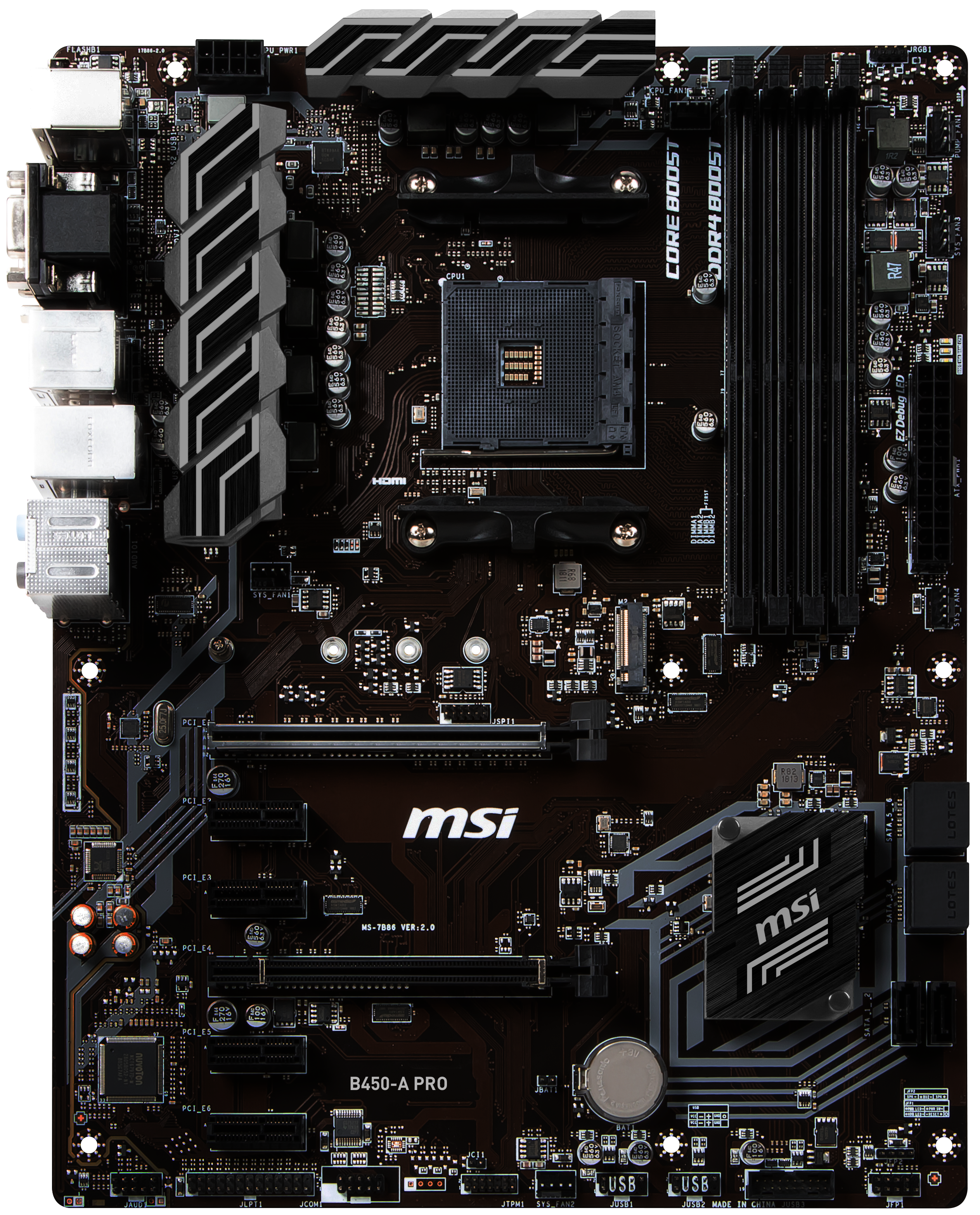Usually RAM is layed out like this: Color1/Color2 gap Color1/Color2 The slots that are the same color are the same channel, so putting two of the same stick in the different colored slots next to each other is beneficial to performance. The main thing is that you need to install memory in matched sets of 2 DIMM modules (using pairs of 2GB, 4GB or 8GB modules in the available slots). I'd strongly suggest buying memory from crucial if you to upgrade it, as motherboards can be 'picky' about things like memory timing, and Crucial offers guaranteed compatible memory for systems like the XPS 8700.
A memory slot, memory socket, or RAM slot is what allows RAM (computer memory) to be inserted into the computer. Most motherboards have two to four memory slots, which determine the type of RAM used with the computer. The most common types of RAM are SDRAM and DDR for desktop computers and SODIMM for laptop computers, each having various types and speeds. The picture below is an example of what memory slots may look like inside a desktop computer. In this picture, there are three open and available slots for three memory sticks.
When buying a new computer or motherboard, pay close attention to the types of RAM the memory slots can accept. Make sure you know exactly type of RAM to buy for your computer. It is also important to note how many available memory slots are available in your computer. It is not uncommon for computers to have all memory slots occupied. If all slots are full and you want to upgrade the computer memory, you need to remove some or all of the existing memory.
Related pages
Memory module, Memory terms
Your computer’s motherboard sports slots into which memory is plugged. What’s important is how those slots are filled with memory; you can’t just plug memory into the motherboard willy-nilly.


Understand memory slot configuration
There are several ways that a motherboard with four memory banks can host common amounts of memory: 1GB or 2GB. Because DIMMs come in different memory sizes, memory can be set up in a variety of ways inside any PC. (Note: Not all motherboards have 4 slots. Some have more, some less.)
You may have many reasons for choosing different arrangements of memory in a PC. For instance, a single 2GB DIMM an cost ten times as much as a 256MB DIMM. Conversely, a reason for using, say, two 1GB DIMMs rather than four 512MB DIMMs to get 2GB of memory is expandability. Upgrading memory is easier later, when memory slots are available.
Ram Slots On Motherboard
Some PCs have a pairing requirement. The memory slots are organized in pairs, and every pair must have the same DIMM size. For example, you can have 3GB of memory in a PC with four memory banks. That’s two 1GB DIMMs in two slots and two 512MB DIMMs in the other two slots.
Yes, you may end up throwing away memory to upgrade. If your PC is configured with 1GB of memory using 4 256 MB DIMMs and you want 2GB of memory total, you have to throw away all the 256MB DIMMs and replace them with a combination of DIMMs.
Get the right DIMM
Not all DIMMs are alike. You must know the memory type, memory chip’s speed, and number of connectors, or pins.
Ram Slots Used
There are several common types. Your computer uses only one memory type, and you must pick a DIMM that matches the type.
| Type | Description |
|---|---|
| DRAM | The official name of a RAM (Random Access Memory) chip: Dynamic Random Access Memory |
| DDR | A Double Data Rate RAM chip, also known as DDRRAM, which is an improvement on SDRAM |
| DDR2 | Another implementation of the DDR type of SDRAM chip |
| DDR3 | Yet another implementation of the DDR type of SDRAM chip |
| EDO | The Extended Data Out RAM chip |
| FPM | The Fast Page Mode type of DRAM chip |
| SDRAM | A type of DRAM chip, Synchronous Dynamic Random Access Memory |
| In addition to getting the right type, you also have to ensure that you buy the correct memory speed. And, finally, you have to get the right number of pins. Some DIMMs are 100-pin, some are 184-pin, and others are 200-pin. |
The easiest way to know what kind of memory you need is to use a computer program to determine how much memory is installed in your computer and how best to update. Computer programs can figure out this stuff without the need to open the computer case.
One program that works well for this purpose can be found at www.crucial.com, which also, coincidentally, sells computer memory. Visit the web-site. Use the Crucial system scanner tool; follow the directions on the web page. Eventually, it tells you exactly how to upgrade your PC’s memory.